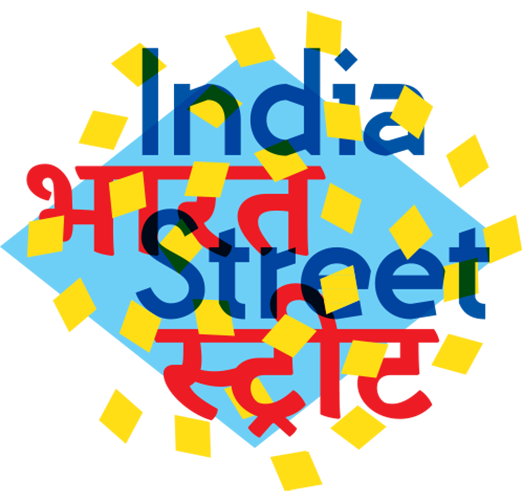A Glossary, by a chappette*
Ajrakh
Abstract geometric mordant-printed and resist-dyed cloth made in Gujarat, Rajasthan and Sindh, traditionally worn in these regions by Muslim men as turbans.
Alizarin
A synthetic replacement for red madder dye, synthetic alizarin was invented in Germany in 1869 using by-products from coal tar. It contains identical molecules to that extracted from the madder plant.
Bazaar*
A permanent market or street of shops. It is thought the word originates in Europe, from the Genoese word bazarra meaning ‘market-place’.
Calico
A plain woven unbleached cloth, often produced from cotton that hasn’t been fully processed, with husks remaining resulting in a slightly uneven, but nevertheless reasonably fine texture. The word derives from Calicut, the English name for the south Indian city Kozikode, where it was originally woven.
Chai
Tea. Often used to refer to masala chai, a blend of black tea, herbs and spices (green cardamom pods, cinnamon sticks, ground cloves, ground ginger, and black peppercorn).
Dupatta
A length of material worn arranged in two folds over the chest and thrown back around the shoulders, typically with a salwar kameez.
Indigo
A blue dye made from leaves of the nil plant – primarily indigofera tinctoria in India. A synthetic indigo was invented in 1897 which was cheaper and produced more consistent colour results, however small quantities of the natural dye are still produced as there is still demand for ‘blue gold’, mostly for the international market.
ikat / telia roomal
Fabric in which the warp and/or weft are tie-dyed before weaving.
Khadi
Hand-woven, hand-spun cotton. In the first half of the twentieth century Khadi was key to the push for Indian’s to only buy products from the domestic market, with the ambition for self-sufficiency and home rule.
Madder
Common name for the plant genus Rubia. Also, rose madder. The genus includes Rubia cordifolia (Indian madder) and Rubia tinctorum (European madder). A piece of cotton dyed with madder has been recovered from the archaeological site dating back to the third century BC.
Mordant
A substance, normally an oxide, that combines with a dye to fix it to the fabric. The word derives from the Latin mordere, ‘to bite’.
Pyjammas*
A pair of loose trousers with a drawstring waist, commonly used as night wear.
Swadeshi
Self-sufficiency. The swadeshi movement in India was an economic strategy aimed at removing the British Empire from power and improving economics for the Indian people by strategies including boycotting British products and the revival of domestic products and production processes.
Swaraj
Self-governance or ‘self-rule’ (also ‘home-rule’). Usually used in reference to Gandhi’s concept for Indian independence from foreign control.
Tiffin*
A meal in the middle of the day, and may also refer to the container used to carry it. This Anglo-Indian word’s origin is uncertain, but is linked to the verb ‘to tiff’ which became a popular term for having lunch, or eating outside of normal mealtimes. NB. A tiff can also refer to a small beer!
* In 1886 Henry Yule and A.C. Burnell published A glossary of colloquial Anglo-Indian Words and Phrases, and of Kindred Terms, Etymological, Historical, Geographical and Discursive. However, Colonel Yule was aware that a book with such a title wouldn’t sell well – he had noted the mistake of a friend who had suffered a flop with a publication entitled Three Essays, and observed that it would have sold more had it been titled simply A Book, by a Chap. This is what led him to publish his glossary with the outlandish title Hobson-Jobson, and me to title this glossary as seen. Those words followed by an asterisk above appear in Yule’s glossary. It is an interesting read, especially for those keen etymologists out there. If you can get past the pervasive ideas of racial separation and British superiority, so widespread at the time of publication, it is a fascinating idiosyncratic work that contains a surprising number of words that are now in our everyday usage.
